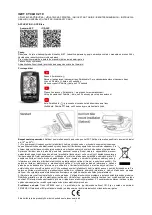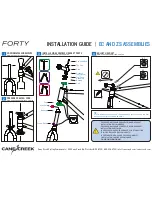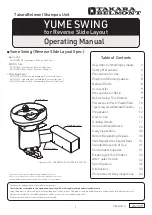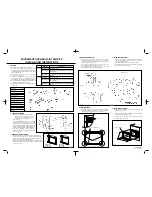
2240 SRM 1
Lead-Acid Batteries
General
This section describes how to select and do the main-
tenance for large batteries used in electric lift trucks.
This information is for service personnel that must
do the maintenance on large lead-acid batteries. Bat-
tery repair requires special training and equipment.
Do not try to repair a battery unless you have the cor-
rect tools, equipment, and experience. Most battery
repairs are done by a special repair service. Some
batteries have a nameplate attached to the face of the
battery cover. This nameplate communicates specific
information about the battery including the name of
the battery manufacturer, battery type, serial num-
ber, nominal voltage, capacity in amperes at the five-
hour rate, and service mass (with ballast if used to
compensate for lack of battery mass).
Lead-Acid Batteries
A lead-acid battery converts chemical energy into
electrical energy. See Figure 1. Chemical changes
within the battery give the electrical energy. When
the chemical reaction has occurred so the battery
will not give its rated voltage and current, the bat-
tery is discharged. A reverse chemical action must
occur so the battery can be used again. The batteries
described in this section can be charged again by an
electric voltage and current from an outside source
so there is a reverse chemical action. The lead-acid
chemicals store the electric energy until the electric
energy is needed to operate an electric device.
Figure 1. Lead-Acid Industrial Battery
A lead-acid battery is made from several lead-acid
batteries called cells.
Each cell has positive and
negative plates with dielectric spacers between each
plate.
All of the plates are within a solution of
electrolyte. See Figure 2.
1.
VENT AND FILL
CAP
2.
POST
3.
POST SEAL
4.
PLATE
PROTECTOR
(SHIELD)
5.
POSITIVE PLATE
6.
EXPANSION MATS
7.
RETAINER
8.
SEPARATOR
9.
NEGATIVE PLATE
10. BATTERY JAR
Figure 2. Battery Cell
1






































